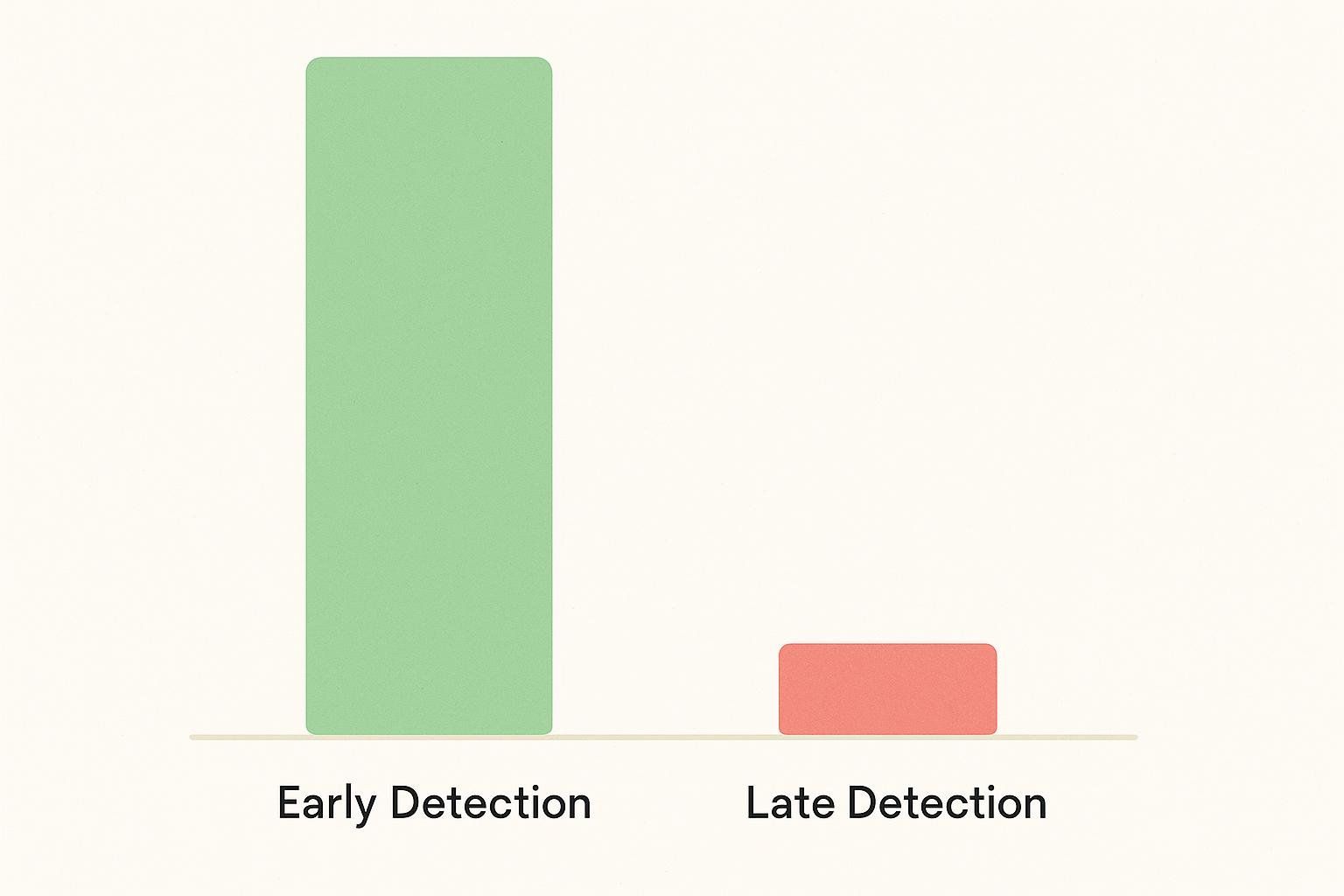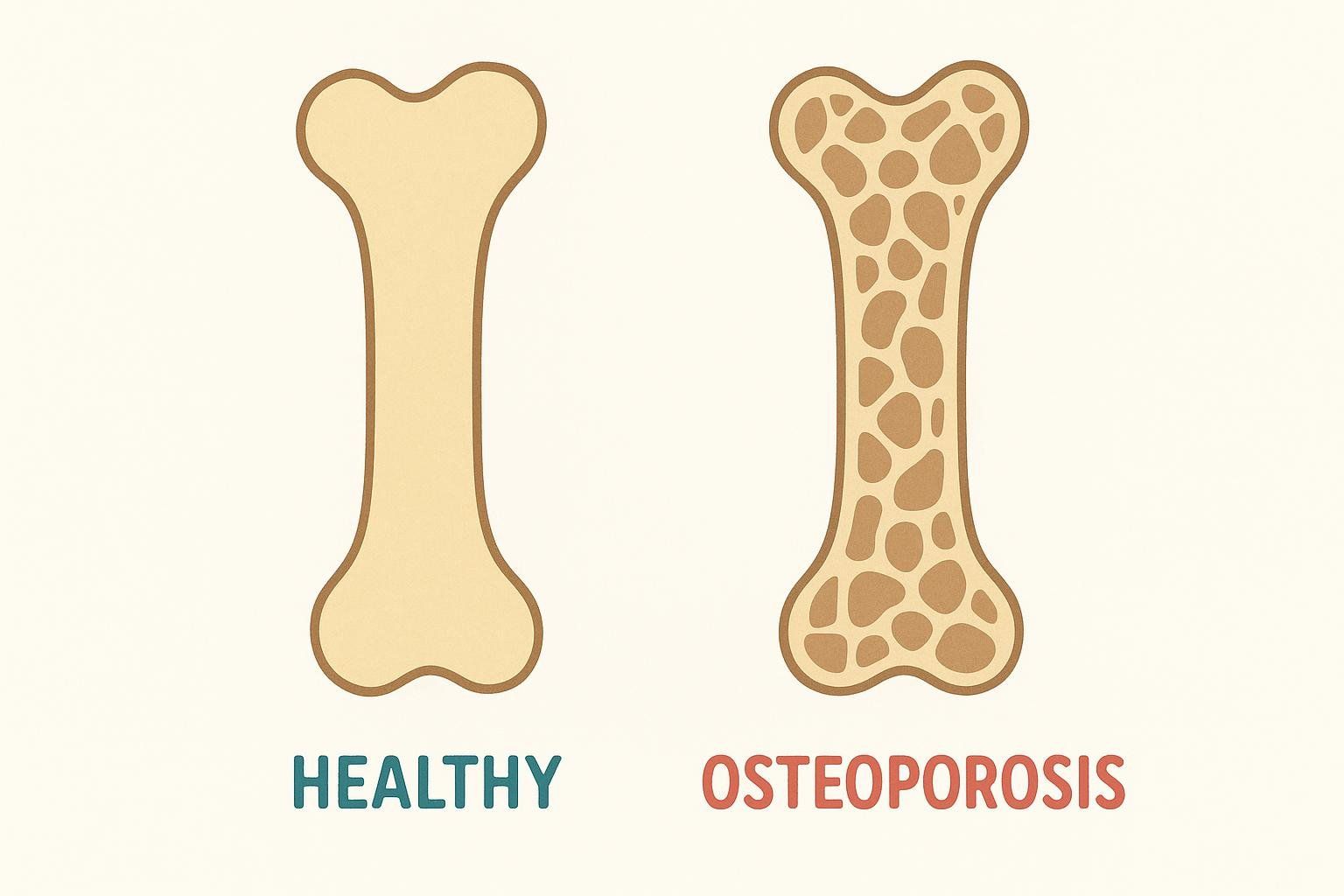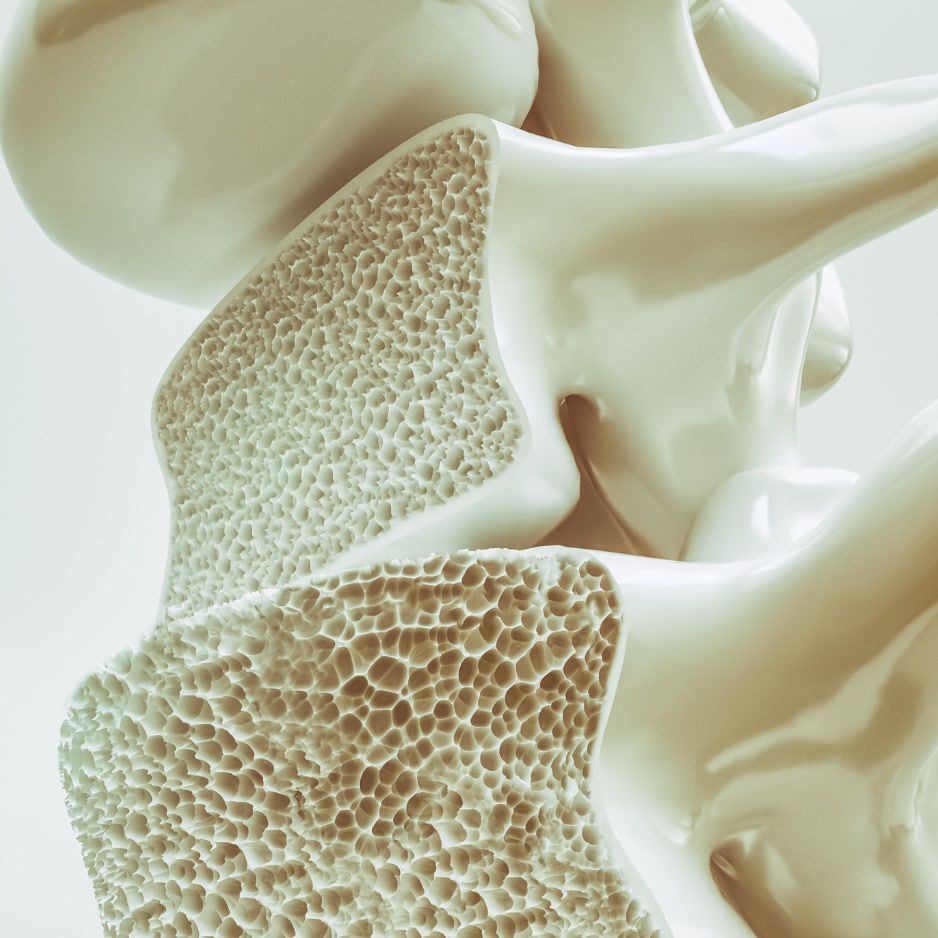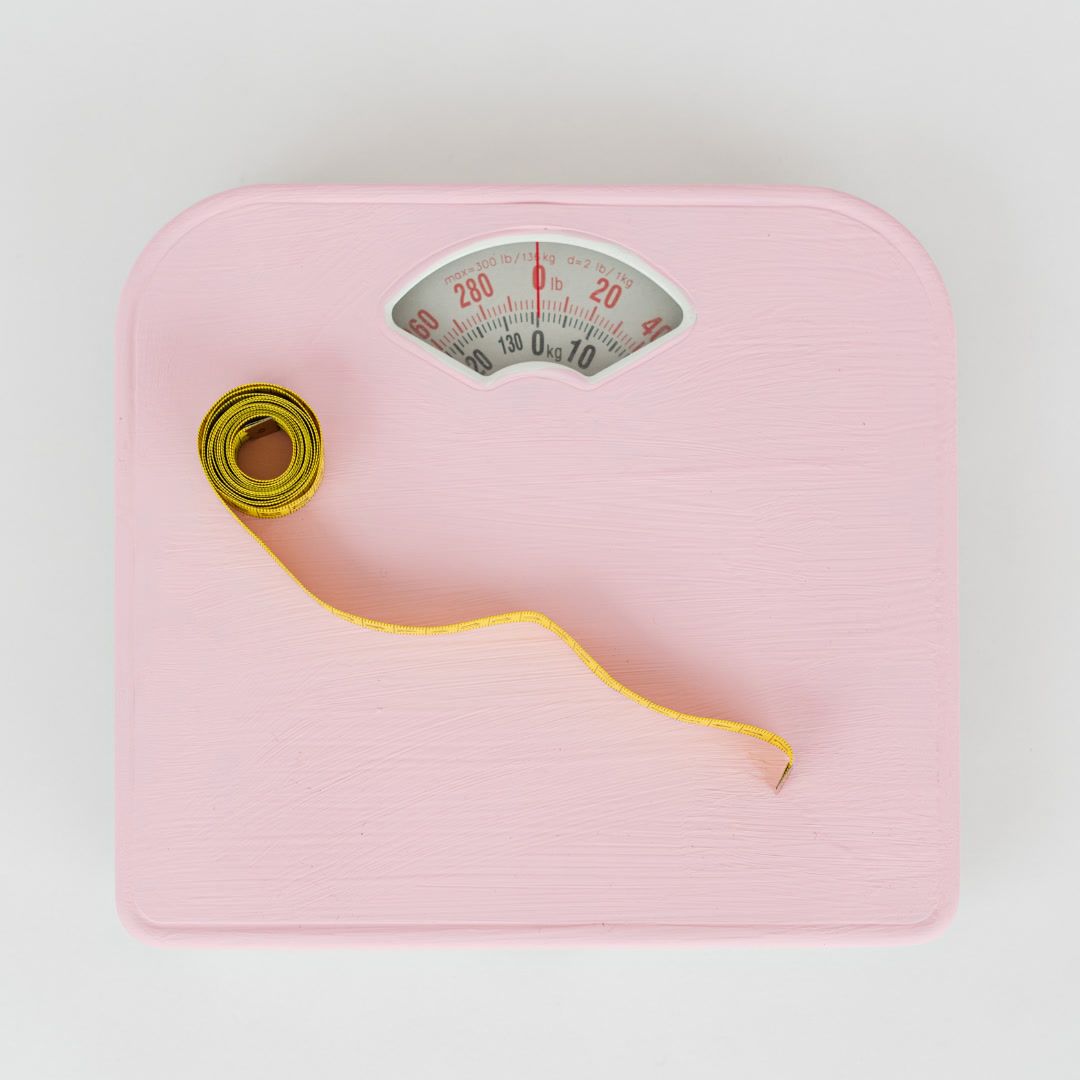Preventive Health Screenings: A Complete Guide

Preventive Health Screenings: A Complete Guide
Keeping track of preventive health screenings can feel overwhelming. Recommendations change, insurance rules evolve, and every birthday seems to add one more test to the mix. This guide cuts through the confusion by summarizing the latest evidence-backed recommendations—so you can build a personalized checklist that fits your age, risk factors, and insurance coverage.
Simply scroll through each section, jot down the screenings that apply to you, and plug the dates into your calendar. A few minutes of planning now can translate into better long-term health outcomes and fewer unexpected medical costs.
Why Preventive Screenings Matter
Catching a disease in its earliest stages often means simpler treatment and a much higher survival rate. For example, when colorectal cancer is found before it has spread, the five-year survival rate is about 91%, but it drops to roughly 15% once distant metastasis occurs (Fight Colorectal Cancer).

Preventive care isn’t just good for health; it’s good for your wallet. Under the Affordable Care Act, most Marketplace and employer plans must cover a specific list of preventive services with no copay when you use an in-network provider (HealthCare.gov). Medicare offers a similarly long menu of $0 screenings—from annual “wellness” visits to mammograms and bone-density tests (Medicare.gov).
Core Screenings Everyone Should Know
Below are universal tests the U.S. Preventive Services Task Force (USPSTF) recommends for most healthy adults. Frequency can vary based on your medical history—always confirm details with your healthcare provider.
| Screening | Typical starting age | How often | Why it matters |
|---|---|---|---|
| Blood pressure | 18 | Every 3–5 years (annually if ≥40 or high-risk) | Hypertension silently damages vessels and raises heart-disease risk (USPSTF). |
| Cholesterol (lipid panel) | 20 | Every 4–6 years (earlier & more often if high-risk) | Elevated LDL roughly doubles heart-attack risk (AHA). |
| Type 2 diabetes / prediabetes | 35 | Every 3 years (adults with overweight/obesity) | Early lifestyle changes can halt progression (USPSTF). |
| Hepatitis C | 18 | One-time test for all adults 18–79 (repeat if ongoing risk) | Early detection prevents liver damage (CDC). |
| Vaccinations | Varies | Per CDC Adult Schedule | Vaccines protect against more than 20 infectious diseases. |
| Skin-cancer self-exam | 18 | Monthly self-checks; discuss with your doctor | Melanoma can spread quickly—sometimes within weeks (Cleveland Clinic). |

Age-By-Age Screening Roadmap
Note: Some listings below (e.g., dental or vision visits) fall outside the no-cost preventive services mandated by the ACA/Medicare. Check your specific coverage for potential out-of-pocket costs.
The timeline pulls from USPSTF Grade A/B recommendations, CDC guidance, and specialty-society statements. It applies to adults of average risk unless noted otherwise.
In Your 20s & 30s
Key Medical Screenings
- Cervical cancer: Pap test every 3 years starting at 21.
- High-risk HPV: test every 5 years starting at 30 (can replace Pap or be done together).
- STI screening: annual chlamydia and gonorrhea tests for sexually active women under 25 and anyone with risk factors.
Other Routine Check-ups

- Vision exam: comprehensive eye check every 2 years.
- Dental exam: cleaning and check-up every 6–12 months.
- Skin exam: dermatology visit if you have many moles or high sun exposure.
- Pregnancy considerations: If you’re pregnant, discuss necessary prenatal screenings (e.g., Rh status, gestational diabetes) with your doctor.
In Your 40s
Key Medical Screenings

- Breast cancer (mammogram): discuss baseline screening; USPSTF now recommends starting at 40.
- Colorectal cancer: screening begins at 45 with one of the following options:
- Colonoscopy – every 10 years
- Stool-based tests – every 1–3 years, depending on test type
- Cardiovascular risk: calculate your 10-year risk and discuss statin therapy if indicated (see our ASCVD calculator guide).
Other Routine Check-ups
- Eye exam: every 2–4 years to screen for glaucoma and vision changes.
In Your 50s
Key Medical Screenings

- Lung cancer: annual low-dose CT for adults 50–80 with a 20 pack-year smoking history who currently smoke or quit within 15 years.
- Bone density screening (DEXA): for post-menopausal women with osteoporosis risk factors.
Other Routine Check-ups
- Shingles vaccine: two-dose Shingrix at 50.
- Continue age-40 colorectal, breast, and cardiovascular screenings on their recommended schedules.
In Your 60s and Beyond
Key Medical Screenings

- Breast cancer: continue mammograms every 1–2 years through age 74.
- Osteoporosis screening (DEXA): for all women ≥65 and men ≥70.
- Abdominal aortic aneurysm: one-time ultrasound for men 65–75 who ever smoked.
- Annual wellness visit: includes cognitive assessment for Medicare beneficiaries.
Other Routine Check-ups
- Vision and hearing exams: frequency based on prior findings and symptoms.
- Vaccinations: pneumococcal, shingles (if not yet received), and booster shots per CDC guidance.
Where Does a BodySpec DEXA Scan Fit Into Preventive Care?
- Comprehensive metrics: A single 10-minute scan quantifies regional and total lean mass, fat mass, visceral adipose tissue (VAT), and whole-skeleton bone mineral density.
- Interpreting results: Reference ranges in the report flag values outside typical norms—use these data points to discuss further testing or lifestyle tweaks with your clinician.
- Monitoring change: Repeat scans every 3–6 months to objectively track how training, nutrition, medications, or menopause affect body composition and bone health.
- Sharing data: Download the PDF report and upload it to your patient portal or bring a printout to appointments so your care team has objective baseline data.
Note: BodySpec scans are self-pay and do not replace a diagnostic DEXA ordered by your physician. They complement clinical care by providing additional body-composition insights.
Decoding Insurance Coverage: 5 Steps to Confirm Your Benefits

- Locate your plan documents. Download the Summary of Benefits and Coverage (SBC) from your insurer’s portal or, for Medicare, review the “Medicare & You” handbook.
- Find the preventive-care section. Look for language referencing “USPSTF A & B recommendations” or “no-cost preventive services,” and note any age, frequency, or network limits.
- Verify the CPT or HCPCS code. When scheduling, ask the clinic for the billing code and confirm it matches the preventive code in your plan.
- Confirm network status. Use your insurer’s directory—or ask the office staff—to ensure the facility is in-network. Medicare beneficiaries should verify the provider “accepts assignment.”
- Call member services before your appointment. Provide the screening name, code, and provider. Ask, “Is this service covered at 100 percent as preventive for my plan?” Record the representative’s name and reference number.

How to Build Your Personal Screening Checklist
- Bookmark this guide. Keep it handy for quick reference.
- Talk with your primary-care provider. Confirm timing and any family-history adjustments.
- Batch appointments. Knock out multiple tests in one morning to minimize schedule disruptions.
- Set reminders. Add recurring events to your phone or planner so nothing slips through the cracks.
- Track results over time. Comparing past and current lab values—or follow-up DEXA scans—helps you and your doctor spot trends early.

FAQ
What if I have no symptoms—do I really need screenings?
Yes. Many conditions are “silent” until late stages; screenings detect them early when they’re easier—and cheaper—to treat.
I’m on a high-deductible plan. Will these tests blow up my budget?
Generally, no. USPSTF A or B-rated services are covered at 100 percent when you use an in-network provider, but diagnostic follow-ups might still apply to your deductible.
How current is this guide?
It reflects USPSTF, CDC, and CMS guidance as of August 2024. Always confirm the latest advice with your healthcare provider.
Which of these screenings does BodySpec offer?
We provide full-body DEXA scans. For labs or imaging we don’t offer, ask your physician for in-network referrals.
Ready to take charge of your health? Use this guide to create your personalized preventive-screening schedule—and consider scheduling a BodySpec full-body DEXA scan for data-driven peace of mind.


